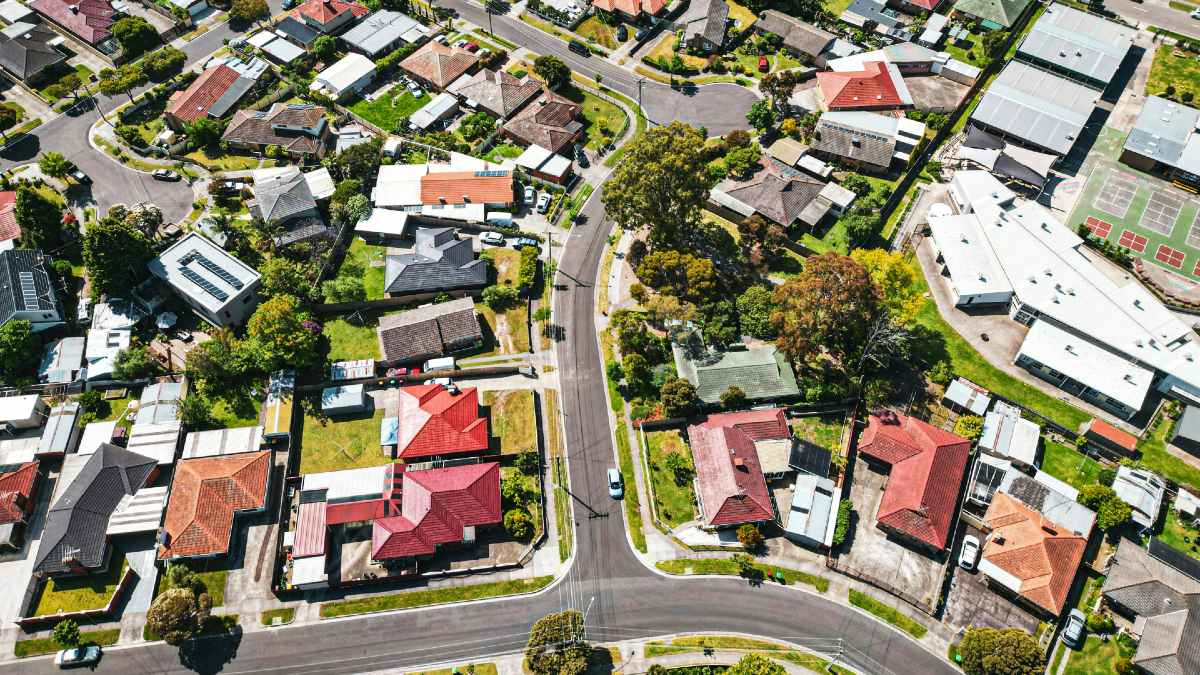
Cotality's (formerly CoreLogic) Home Value Index recorded a 0.3% uplift in the previous month, bringing the national median dwelling value to $825,349.
This marks the third consecutive month of growth in home values, with the increase adding approximately $2,720 to the median price of a home Down Under.
Leading this trend was the lift in home values recorded across every capital - ranging from a 0.2% rise in Sydney and Melbourne, to a 1.1% jump in Darwin.
Despite the gains, however, there was a noted slowdown in the pace of growth compared to March's +0.4%, with market sentiment and auction clearance rates slumping throughout April.
"The rate cut in February supported an upward inflection in housing market conditions, but the positive influence from lower rates seems to be losing some potency," said Tim Lawless, research director at Cotality.
The recently rebranded property analytics firm also chalked up the slight easing in the HVI to declining household confidence amid US tariff developments and the federal election on 3 May.
"It is likely this may be causing some buyers and sellers to delay their decisions," Mr Lawless said.
Holiday break weighs on market activity
Considering April's growth, Cotality noted that uncertainties were more apparent in sales and listings volumes than in home values, which were compounded further by the "super break" many Australians took between Easter and ANZAC public holidays.
In the week ending 20 April, Cotality recorded only 644 auctions held across the combined capitals, the lowest Easter auction volume since 2019.
This followed weak pre-Easter figures, which saw the preliminary clearance rate drop to its lowest level this year.
Similarly, new listing numbers fell to their lowest levels for this time of year since 2019, with just 19,650 properties listed 'for sale' across the combined capitals over the four weeks to 27 April.
"With further rate cuts likely as soon as May 20th, and a level of certainty returning to the market after the federal election on May 3rd, we expect a further modest rise in values for 2025," Mr Lawless said.
Most property markets yet to recover
Zooming closer into the latest HVI data reveals not all markets have returned to peak levels, despite the broad-based rise.
Across the capitals, only the mid-sized cities have reached record highs.
Meanwhile, Sydney values remain 1.1% below their September 2024 high, and Melbourne's are still 5.4% down from their record peak in 2022.
Similarly, Hobart is down 11.1%, while in Darwin and the ACT, values remain 2.7% and 6.4% below their all-time highs.
Nationally, this translated into an annual rise of just 3.2% - the slowest annual increase since the 12 months ending August 2023.
"The loss in momentum is reflective of the persistent slowdown in value growth seen between mid-2024 and early 2025, which culminated in falls over the three months ending January 2025 [before turning positive in February]," Mr Lawless noted.
"Given the softer trajectory of growth through last year, it's likely the annual pace of gains will continue to soften over the coming months, despite the positive inflection in values since February."
Regional areas continue to outperform capital cities
Regional areas remain the key driver of growth, rising faster than capital cities with its 0.6% gains versus the latter's 0.2%.
On an annual basis, the difference was even more pronounced.
The median dwelling value across the regional areas rose 5.3% over the 12 months to April, while combined capitals grew 2.6%.
As at 30 April, the median home value in combined regionals stood at $673,373.
In capitals, the median home value is currently $905,763.
The trend of regional home values outpacing the capitals has been an ongoing theme in the monthly growth trends since October last year.
Regional SA and regional WA posted the most significant gains, up 1.5% and 1.3%, respectively, over the past month.
Image by Geometric Photography on Pexels